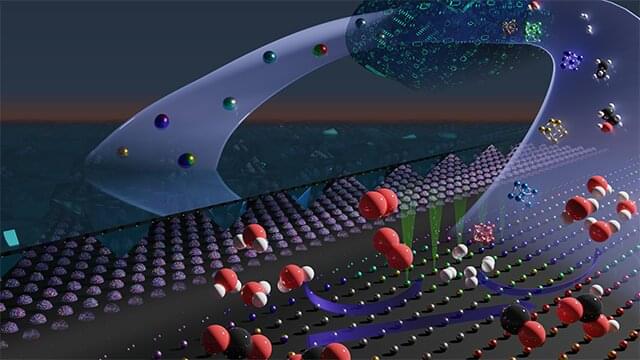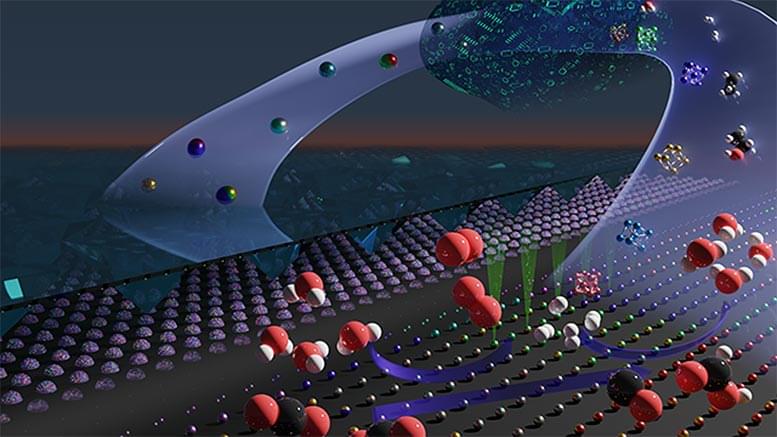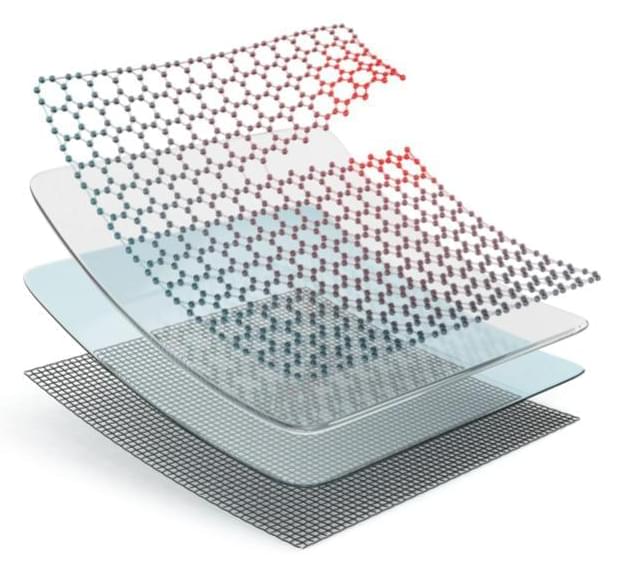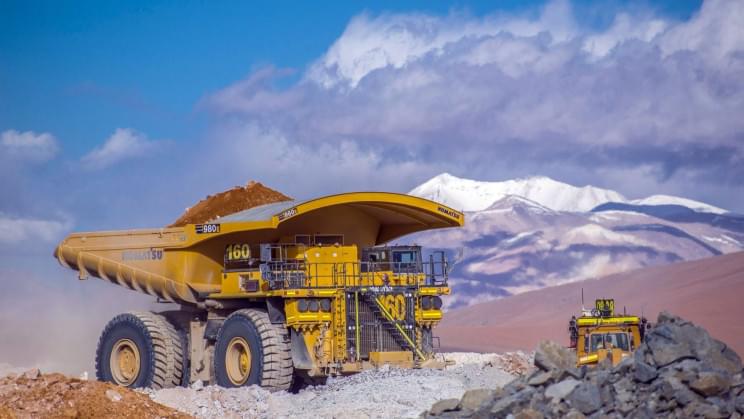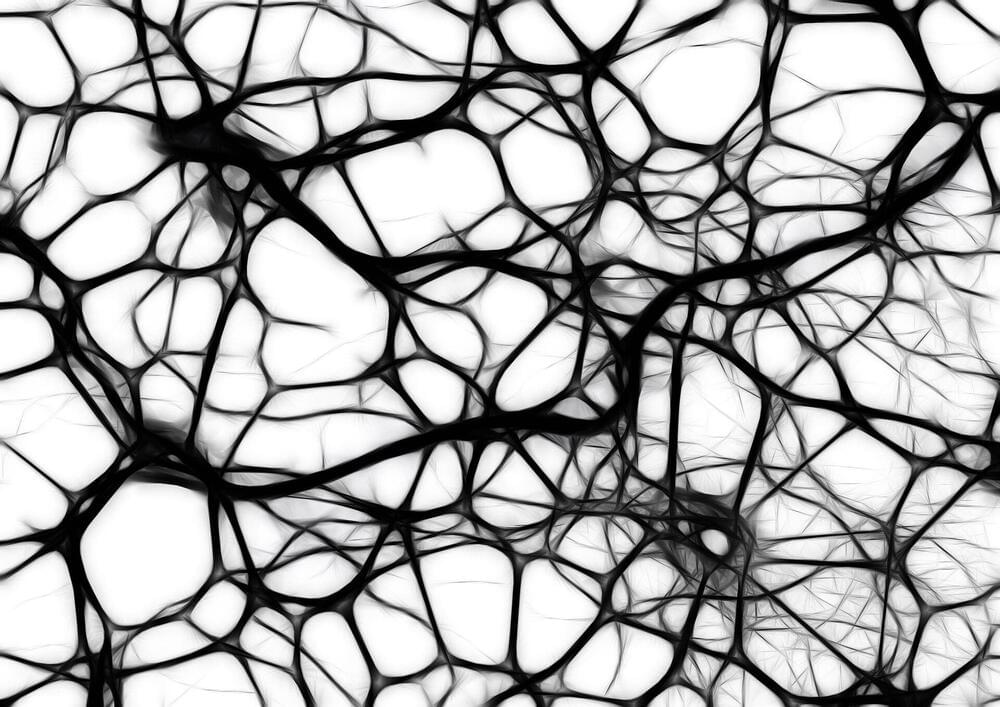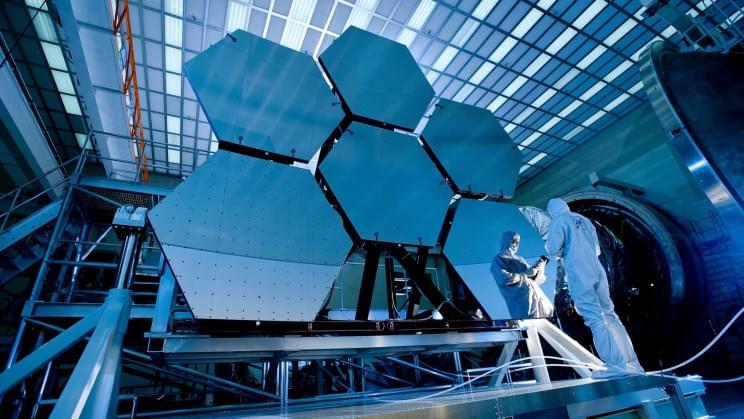
It makes space travel look cheap.
Humans have been looking at the stars for millenia, but it was just over 30 years ago that the Hubble Space Telescope launched, and we started getting a really good look at what’s out there. Hubble was beset with more than a decade of setbacks before its launch in 1990. Then, just after taking its position orbiting Earth, astronomers realized that something wasn’t right. It took engineers another three years to fix a manufacturing error that had left one of the mirrors misshapen by one-millionth of a meter. Ultimately, that imperfection was enough to render the telescope’s mirrors effectively useless. The long wait was worth it, though. The Hubble enabled dozens of breakthroughs in astronomy. It also took beautiful pictures. A recent version of its famous “Hubble Deep Field” image includes galaxies that are 13 billion lightyears away, making them the farthest objects ever photographed.
NASA is scheduled to soon launch what it calls the “successor” to Hubble: the James Webb Space Telescope. Like the Hubble, the Webb telescope is also designed to take extraordinarily precise measurements of “Ultraviolet and visible light emitted by the very first luminous objects [and which] has been stretched or ‘redshifted’ by the universe’s continual expansion and arrives today as infrared light.” Webb will also study objects closer to home, such as planets and other bodies in our solar system with the aim of determining more about their origin and evolution. Webb will also observe exoplanets located in their stars’ habitable zones, to search for signatures of habitability, and to learn about their chemical compositions.


